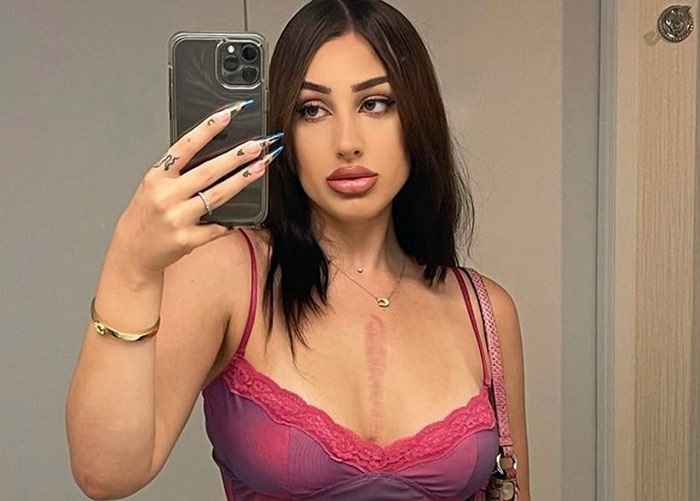

Posted by Dr. Litner and Dr. Solieman on April 7th, 2009
The main concern for many people seeking Rhinoplasty is a wide, boxy, or bulbous nasal tip. They’d like it to be narrowed and more refined but are afraid of having a pinched or unnatural look. Excessive pinching from tip narrowing is really a preventable complication that happens from overaggressive cartilage removal or inappropriate suture techniques.
Anatomy of a wide tip
The photo above gives you a peek inside at the anatomy of a boxy tip. For many years, the standard technique for tip narrowing was thinning of the upper edge of the tip cartilages, what we call a cephalic trim or cephalic margin resection shown below. When an excessively wide and thick tip cartilage is contributing to a boxy tip, this maneuver is helpful, but it’s very important that the surgeon doesn’t do so much thinning that the tip cartilages are destabilized.
The diagram below shows a reasonable amount of cartilage thinning (shown in red) that will preserve structural integrity and prevent collapse over time. This is especially important in thicker-skinned patients where stronger cartilage is necessary to support the thicker skin. Sadly, we continue to see potential revision patients every day where most or all of the tip cartilage was removed in this area resulting in predictable collapse over time.
Cephalic trim technique for narrowing a wide tip
Our technique for more predictable and stable narrowing is to alter the shape of the tip cartilages themselves by drawing them together with sutures. Each of the tip cartilages can be narrowed individually (called a single dome suture) and then their positions can be set relative to each other by suturing them together (called a double dome suture). The sequence we use for creating the ‘new’ tip is shown below. These suture techniques provides a really great way to fashion the desired shape in a reversible way. If we don’t like what a particular suture is doing for your tip, we take it out with no harm done and start over until we get it just right.
Suture techniques for tip narrowing and refinement
You can see from the above real patient photos that these techniques can produce a dramatic improvement. We need to be careful to preserve just the right angle between these cartilages so that light will reflect favorably on your new tip. An inexperienced or careless surgeon may draw the cartilages too close together or may introduce asymmetries that show up later on, or he may not account for skin thickness and other factors. But, in the right hands, suture techniques provide a powerful way to safely provide the refinement and narrowing you are looking for without compromising breathing. In a future post, we’ll show you how we address tips that are too overprojected.

Computer imaging is essential in our Profiles practice in helping our patients articulate their goals for rhinoplasty surgery and...

One of the hardest class of patients that we see are patients who have undergone not just rhinoplasty but at least one two or...

A bulbous nasal tip is one of the most common reasons for patients to seek rhinoplasty. A bulbous tip, often called a boxy tip,...

ASK US ANY QUESTION

Sign Up For Our Newsletter
to Receive Special Offers!